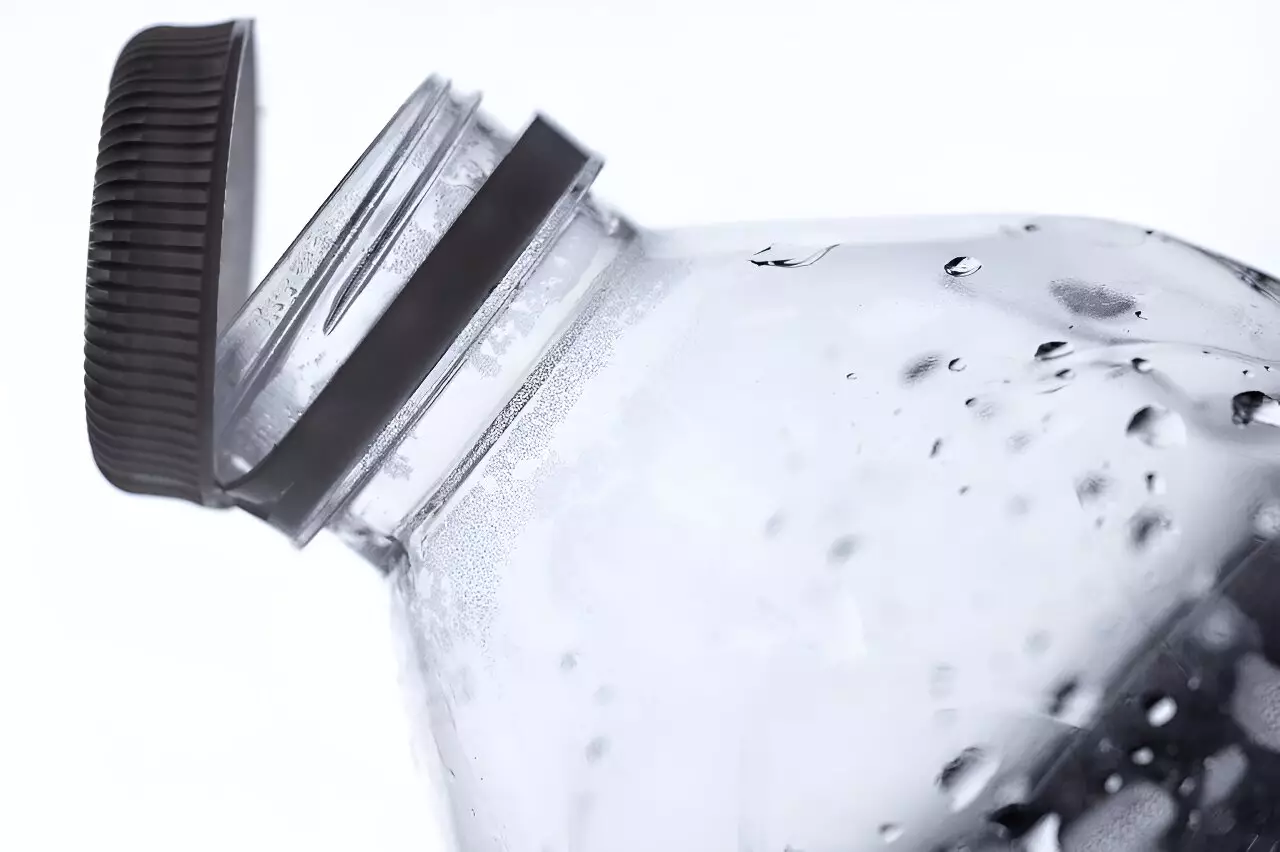The discovery of contamination in European drinking water supplies has ignited a fervent conversation about the unnoticed dangers posed by per- and polyfluoroalkyl substances, commonly known as PFAS. These chemicals, nicknamed “forever chemicals” due to their slow decomposition rates, have been widely used in a range of industries from agriculture to consumer goods. The recent findings reported by PAN Europe—indicating the presence of trifluoroacetic acid (TFA) across multiple countries—highlight a troubling reality: our water systems are not immune to dangerous chemicals that may linger indefinitely in the environment.
PFAS have become a significant public health concern, with their presence linked to a host of health issues. The alarming results from the study, which sampled both tap and bottled water from eleven EU nations, suggest that the problem may be more pervasive than previously acknowledged. This is especially concerning given that TFA, a compound associated with the degradation of PFAS in pesticides and cooling agents, showed up in an overwhelming majority of tap and bottled water samples. As a result, we must ask ourselves: what steps are being taken by policymakers to safeguard our most vital resource?
The Scope of the Problem: Documented Findings
The analysis conducted by the Water Technology Centre in Karlsruhe, Germany, paints a grim picture. Out of 36 tap water samples tested, 34 contained detectable levels of TFA, with concentrations peaking at a staggering 4,100 nanograms per liter in one case. The average concentration of TFA in tap water samples was 740 ng/L, surpassing recommended thresholds for safe consumption. Notably, mineral and spring water samples also exhibited concerning levels, further emphasizing the widespread nature of this contamination.
PAN Europe has responded to these findings with a push for regulatory reform. They advocate for a strict limit on TFA levels at 2,200 ng/L, based on the need to ensure that drinking water consumption impacts only a fifth of the maximum tolerable daily intake. While this threshold may seem like a step in the right direction, it is essential to recognize that exceeding this limit—especially in areas with known contamination, like Austria and Paris—signals a worrying trend that cannot be ignored.
The Scientific Community Weighs In
Despite growing concern, the literature surrounding the toxicological implications of TFA remains surprisingly thin. PAN Europe’s reports note that “surprisingly few toxicological studies are available,” leading to a significant knowledge gap regarding the health impacts associated with PFAS exposure. Given the potential ramifications highlighted by animal studies—such as birth defects observed in rabbits subjected to TFA—it becomes increasingly crucial that toxicological research takes priority.
Proponents of immediate action, including PAN Europe, emphasize the moral imperative behind addressing these dangers. They argue that the EU’s decision to classify TFA as non-relevant under pesticide regulations is indicative of a broader political failure to recognize the complexities surrounding chemical pollutants and their effects.
Demand for Policy Change
As the evidence mounts regarding the risks posed by PFAS and TFA, it is vital for European lawmakers to take decisive action. PAN Europe is calling for a “rapid ban” on PFAS pesticides and an urgent reevaluation of the safety measures in place for existing chemical substances. These demands resonate with environmental and public health advocates across the region, who argue that passive regulatory measures are insufficient in light of the evidence being uncovered.
There is a palpable urgency for governments to prioritize public health and environmental integrity. Timely interventions—ranging from more rigorous testing protocols to comprehensive bans on the use of harmful chemicals—are essential steps toward safeguarding European water supplies. If society fails to act, the ramifications could be far-reaching, impacting not just the current population but future generations as well.
As conversations unfold and advocacy efforts intensify, one thing remains clear: decisive action is crucial to combat the insidious infiltration of PFAS chemicals in our water systems. The time to act is now, for every drop counts in our quest for safe and clean drinking water.

